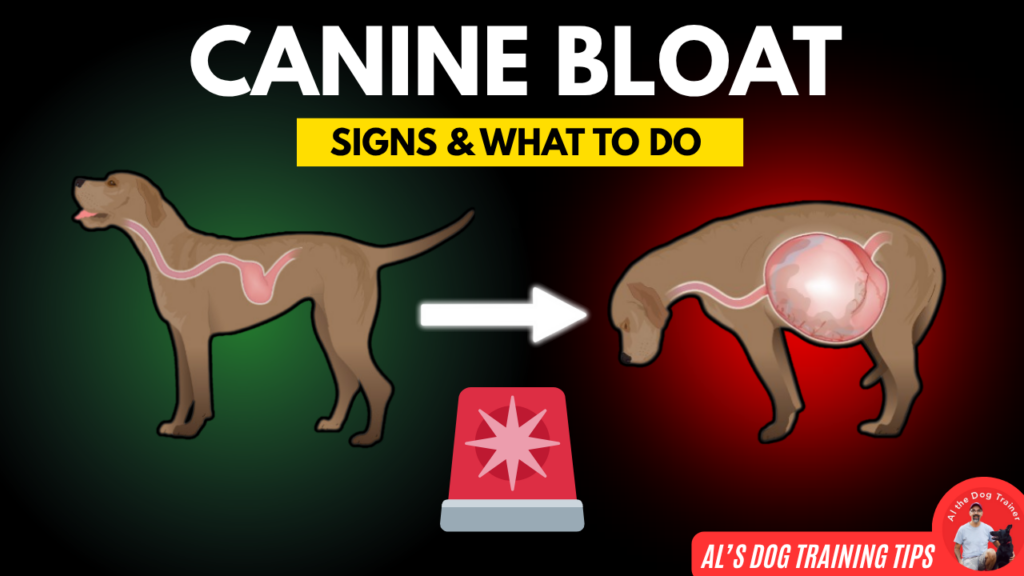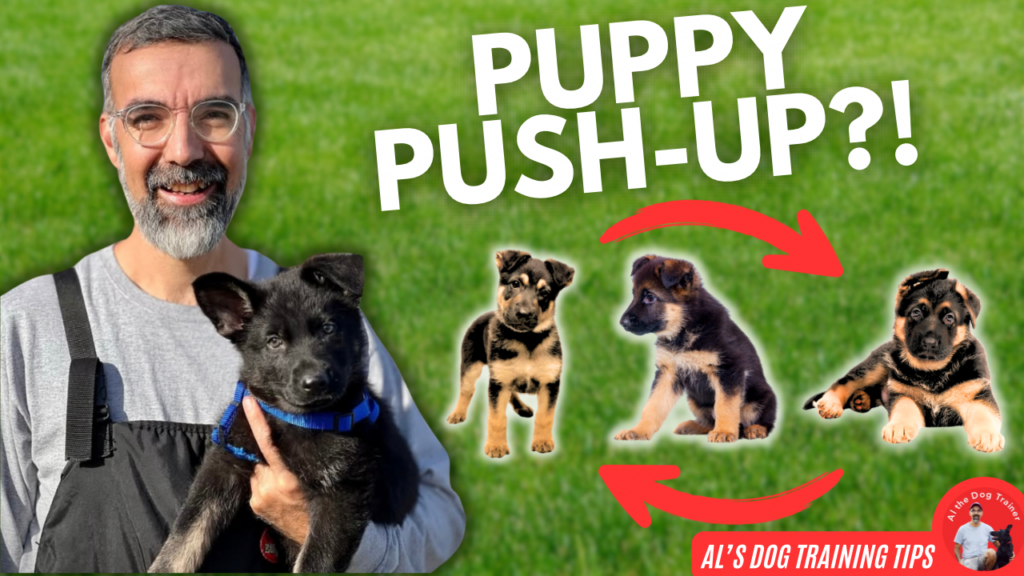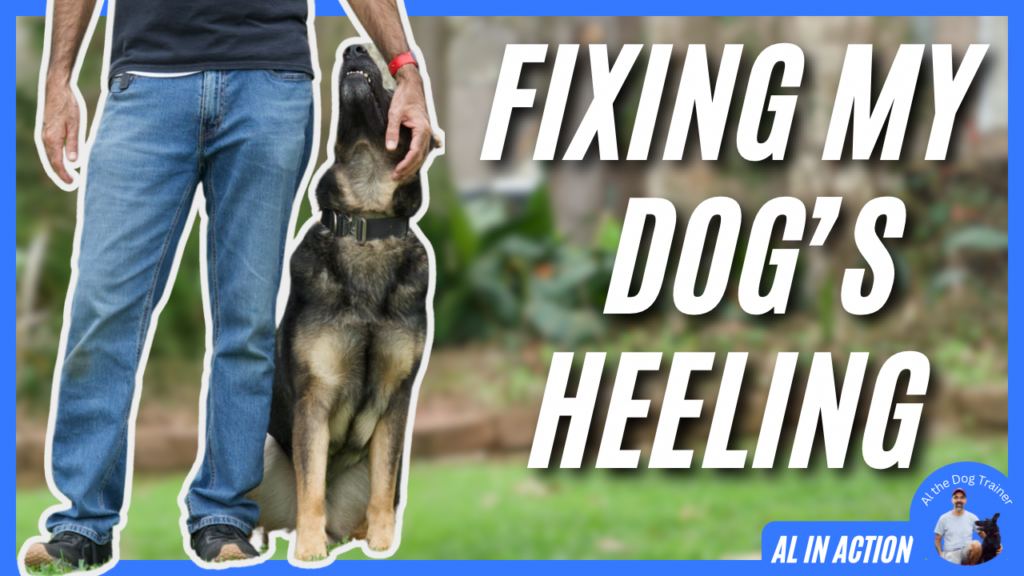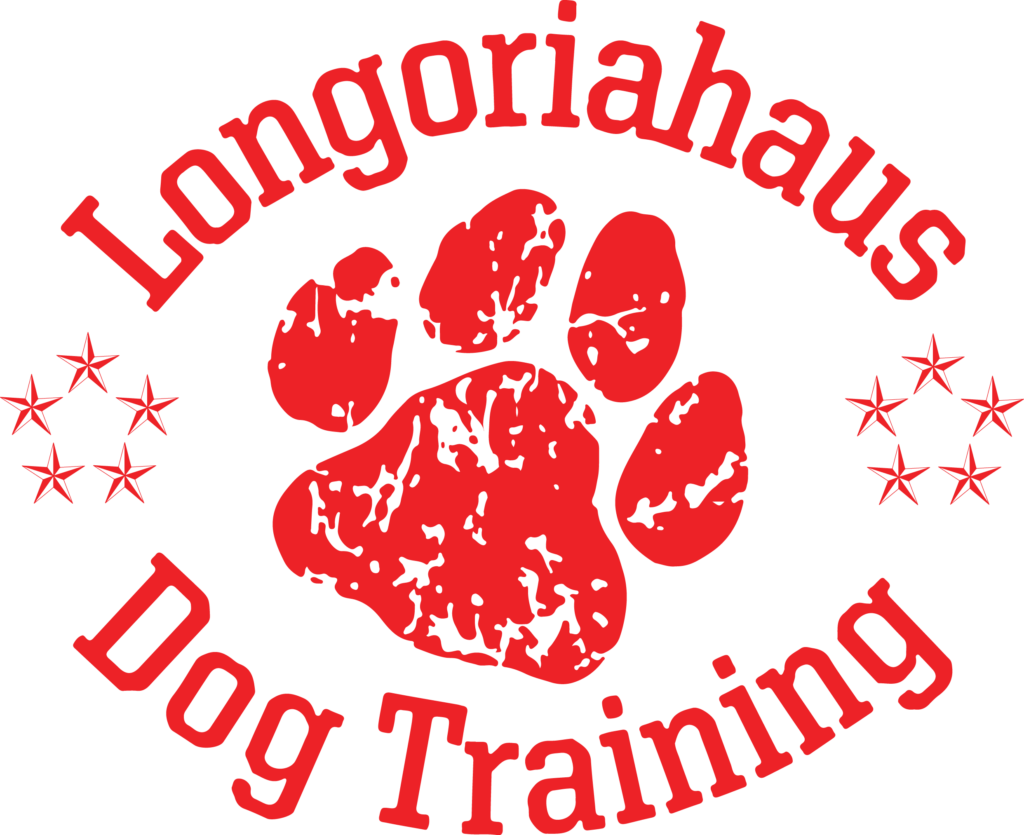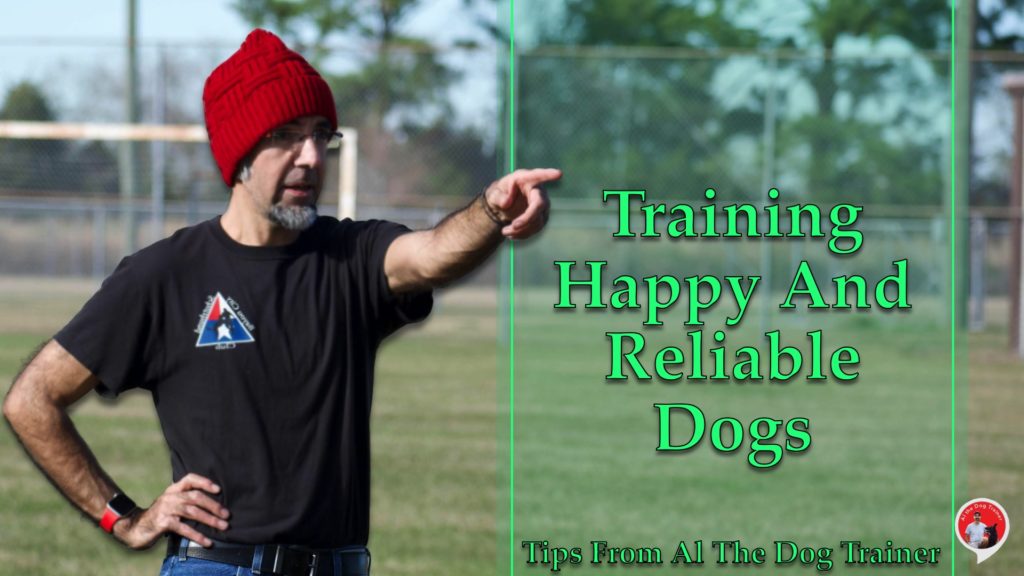
“Training Happy and Reliable dogs” is the slogan for Longoriahaus Dog Training, which is my dog training company.
This statement means that it is essential to train dogs who enjoy what we ask them to do. You want the dog to truly cooperate in what you’re doing because it’s actually worthwhile to do.
Dogs can find themselves in situations like being in danger of getting hit by a car, getting into a dog fight, or jumping on your 85-year-old great-grandmother. Training reliable dogs means whatever situation your dog is in; he will quickly respond to your voice command without error. He will respond to your voice command regardless if it wants to or not.
Now, happiness and reliability don’t always go together. And we should all strive to do this. So I want to delve just a little bit into happiness and reliability.
Choose The Reward
Let’s start with this question for you and the relationship between you and your dog. Who should choose the reward? Well, it’s my advice that it be your dog. And the way you should go about doing that is by offering your dog different things. Different types of food, toys, interactions, praise, or petting. Figure out what your dog absolutely loves.
And then, once you understand what those things are, you should administer those things. Use them to help reinforce your dog for doing the things that you actually want them to do. You should do this process probably once every two months. Maybe set aside a day every two months where you’re going to figure out what they like.
Habit-Building
Once you have that going, you want to use it. Your dog will enjoy and want to cooperate in training with you as much as possible. That’s what’s going to be the habit-building thing that will get your dog to look forward to every time you show up. Every time you want to have a training session with them, they’ll want to do that work.
There are exceptions to that when there’s something else in the environment that is more appealing—some dogs like things that humans can’t provide. But to the degree that you can, you should figure out what you can control and give your dog and give it to them in abundance whenever they do the things you want them to do. That’s going to create a happy dog.
Reliability
Now, let’s delve into reliability a little bit. So reliability comes from a situation where you’ve asked your dog to do something that you have cooperatively done with them in the past. They’ve enjoyed it because you cooperated with the dog, and they’re cooperating with you.
Now they’re telling you that despite the 1000 repetitions that you put into this, that they’re not willing to do what you’ve asked. And so, at that point, should there be discipline for the animal? Well, the question is, who gets to decide what the discipline is? Obviously, as humans, if you’re going to discipline your dog, we’re the administrators of that. But I think it should be your dog that chooses it.
Choosing The Punishment
And how do you figure that out? Well, it’s not such an easy process, but maybe it is. It’s not an easy process because your emotions will get in the way. You want to be careful about what you’re ethically doing to your dog, and rightfully so. You don’t want to injure your dog, and you shouldn’t. Using negativity to teach your dog that there is a consequence for not doing what you asked them to do is important. They can’t always see the things you can see that will keep them safe, I feel that your dog should choose the punishment.
You should most likely get a professional dog trainer involved to teach you the proper application of punishment for your specific dog. Spend time in your training exercises, showing your dog how to get it right, cooperating, and making it enjoyable. But then teaching your dog about mistakes and the possible consequences for that when the circumstance arises. Your dog does not want to do what you asked them to do because there wasn’t enough motivation. After all, the value you represented was too low. They will still do it because they understand that there are consequences for poor choices.
Now, if your dog doesn’t know what you want them to do, you have put the work in. It’s not really a choice if the dog doesn’t really know. And you shouldn’t be a brute to your dog just because they don’t understand quite clearly what it is that you actually want them to do. So this is a fine line in training, keeping a dog happy so that way they can cooperate, but also making your dog reliable.
So if you have an untrained dog right now, I’m talking about the work you’re going to do in the first year to a year and a half with your dog. Yes, you can go faster but the best way to do that is to take a nice, slow but dedicated process to train your dog daily. You will get great results.
You should prepare yourself for about a year and a half worth of training as you take your dog from your home to your neighborhood. Then to the world abroad so they can learn all the things that you want and truly get to enjoy the experience of living with humans.
I hope this was helpful. Please remember you can always visit my YouTube Channel for more tips like this or find more right here on my website www.longoriahausdogtraining.com.
Happy Training!

